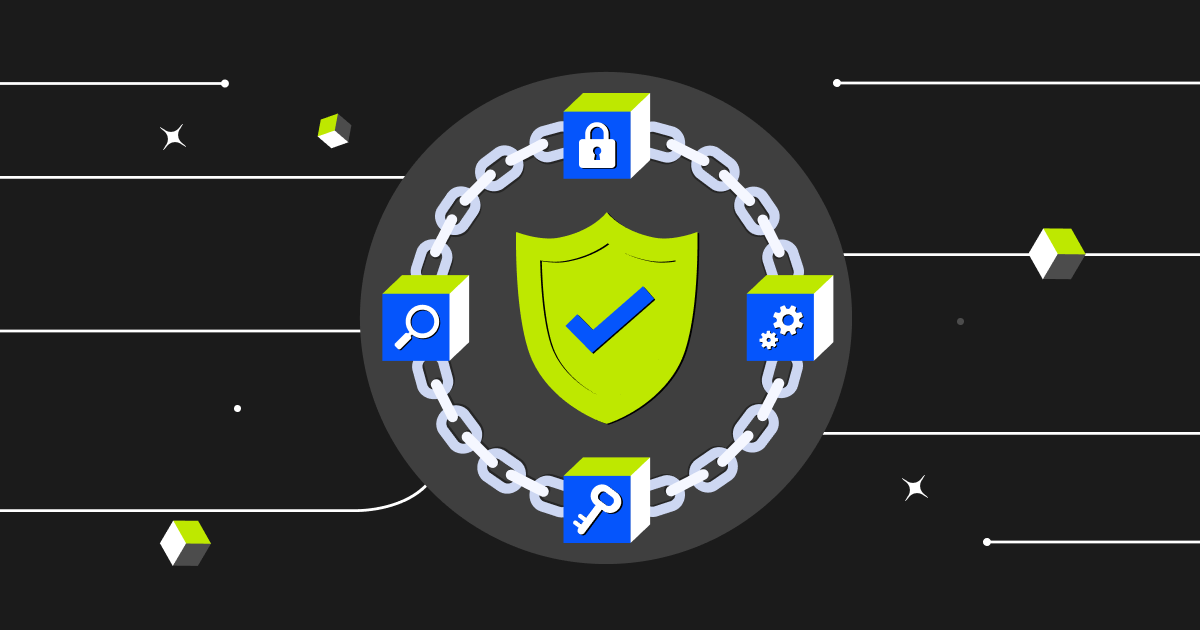Telegram has become a central hub for the global cryptocurrency community, offering a powerful platform for communication, information sharing, and even automated trading. However, its popularity and privacy features have also made it a thriving breeding ground for scammers. In 2025, the sophistication and prevalence of cryptocurrency scams on Telegram have reached unprecedented levels, leading to significant financial losses for unprepared users. From impersonations of major media outlets to complex smart contract traps, the threat landscape is continuously evolving. This article provides a comprehensive overview of the most common Telegram crypto scams in 2025, details the reasons behind their surge, and offers a robust set of guidelines to help you navigate this risky environment and protect your digital assets.
The Evolving Landscape of Telegram Crypto Scams
The first half of 2025 has seen a dramatic increase in the variety and complexity of scams conducted on Telegram. These are not just simple phishing attempts; they are well-orchestrated social engineering attacks designed to exploit trust and urgency. A significant trend involves the impersonation of reputable individuals and organizations. As reported, fake accounts posing as sales representatives and journalists from major crypto media outlets like Cointelegraph have become commonplace. These impersonators contact projects and individuals, promising coverage or partnerships, only to direct them to private conversations and request payments to personal cryptocurrency wallets.
Another pervasive threat is the fake token scam. Fraudsters create Telegram channels to aggressively promote an unknown token, claiming it is poised for exponential growth. They provide links to purchase the token on decentralized exchanges, but the underlying smart contract is designed with traps that prevent investors from selling, allowing the scammers to siphon off all invested funds. These schemes can be highly profitable for the attackers, with estimates suggesting they earn between $300,000 and $500,000 per scheme.
Common Telegram Scam Tactics to Watch For
Understanding the specific tactics scammers use is the first step toward protection. The following schemes are particularly widespread in 2025:
Impersonation and Fake Accounts: Scammers create clones of legitimate profiles, using slight variations in usernames (e.g., replacing 'l' with 'I') or copying bios and pictures to appear genuine. They often leverage paid verification badges on social media platforms to enhance their credibility, as these badges no longer solely represent authenticity but merely indicate a paid subscription.
Fake Airdrops and Token Scams: Users are lured into groups that promise easy money through airdrops or guaranteed high returns on new tokens. These scams typically require users to connect their wallets to malicious websites, pay a small "fee" to participate, or even divulge their private keys, leading to immediate theft of their assets.
Malicious Trading Bots and Files: The use of malicious Telegram bots and fake file downloads has become a critical vector of attack. Some fraudulent trading bots request excessive API key permissions, which can lead to the unauthorized withdrawal of funds from connected exchange accounts. Similarly, users are tricked into downloading fake "Telegram Chinese versions" or "language packs," which are actually malware designed to steal browser cookies, wallet data, and even take over the user's Telegram account.
Advanced Social Engineering: Scammers employ sophisticated psychological tactics, creating a false sense of urgency and secrecy. They may pressure victims with messages like "we need to finish this within an hour" or claim an offer is "confidential". A common ruse involves impersonating friends, exchange support, or using official channels to trick users into surrendering their Telegram login verification codes, resulting in account takeover.
Why Telegram? The Platform's Role in the Scam Ecosystem
Several factors make Telegram an ideal platform for executing these scams. Its popularity within the crypto community provides a vast pool of potential targets. The platform's emphasis on privacy and encryption, while a benefit for legitimate users, also offers a veil of anonymity for malicious actors. Furthermore, Telegram's open API allows developers to create powerful bots, which, while useful, can also be weaponized by scammers to create deceptive and automated fraud systems.
A significant vulnerability stems from the fact that security often hinges on the "human factor." Despite Telegram's technical security features, user error—such as falling for phishing messages, poor password management, or downloading malicious software—remains the weakest link. This is compounded by the fact that some crypto users seek unofficial, modified versions of Telegram for specific language support, making them easy targets for malware.
Essential Security Measures to Protect Yourself
Protecting yourself from these threats requires a proactive and vigilant approach. Here are critical security measures to implement:
Secure Your Telegram Account: The foundation of your safety on Telegram is a secure account. Enable two-step verification (2FA) in the app's settings with a strong password . Furthermore, adjust your privacy settings to hide your phone number and restrict who can add you to groups or send you direct messages . This simple step can significantly reduce your exposure to unsolicited scam attempts.
Practice Rigorous Verification: Never trust a profile based on its bio or profile picture alone. Always check the username carefully for subtle misspellings. If contacted by someone claiming to be from a reputable company like Cointelegraph, verify their identity through the official website's author page or listed contact information before engaging further. Only download Telegram from its official website,
telegram.org, to avoid malicious clones.
Safeguard Sensitive Information: This is the golden rule of crypto security. Never, under any circumstances, share your private keys, seed phrases, or Telegram login codes with anyone. Legitimate organizations will never ask for this information. When using trading bots, never grant withdrawal permissions to their API keys, and consider using a separate, low-value wallet for bot interactions to isolate your main funds.
Cultivate a Skeptical Mindset: Be inherently suspicious of offers that seem too good to be true, such as guaranteed profits or promises of unrealistically high returns. Resist the pressure to make impulsive decisions based on fear of missing out (FOMO). Always conduct your own thorough research (DYOR) before investing in any project or connecting your wallet to any service.
Recent News and Law Enforcement Actions
The fight against Telegram-based crypto fraud is ongoing. In a significant development, a group in Ukraine's Vinnytsia region was recently detained for allegedly appropriating cryptocurrency through fake Telegram channels. The group created channels publishing false information about "profitable exchange" and "legality checks" for cryptocurrencies, convincing victims to transfer their digital assets, which were then stolen. One victim, a German citizen, lost 60,000 USDT in this scheme. This case highlights the international scope of these crimes and that law enforcement is actively pursuing such actors.
Furthermore, Telegram itself has taken action against large-scale illegal markets operating on its platform. In 2025, it shut down thousands of channels associated with platforms like "Xinbi Guarantee" and "Huione Guarantee," which were implicated in "pig-butchering" scams and had processed over $84 billion in USDT transactions, some linked to North Korean hackers.
Conclusion
In 2025, the risk of encountering a cryptocurrency scam on Telegram is higher than ever. The combination of sophisticated social engineering, malicious technology, and platform-specific vulnerabilities creates a dangerous environment for the uninformed. However, by understanding the common tactics used by scammers, you can recognize and avoid them. The key to safety lies in a disciplined security posture: securing your Telegram account, rigorously verifying all contacts and offers, and never compromising your sensitive information. In the dynamic world of cryptocurrency, vigilance is not just the best practice, it is your most valuable asset. Stay skeptical, stay informed, and prioritize the security of your digital wealth.
References:
CoinCatch Team
Disclaimer:
Digital asset prices carry high market risk and price volatility. You should carefully consider your investment experience, financial situation, investment objectives, and risk tolerance. CoinCatch is not responsible for any losses that may occur. This article should not be considered financial advice.


